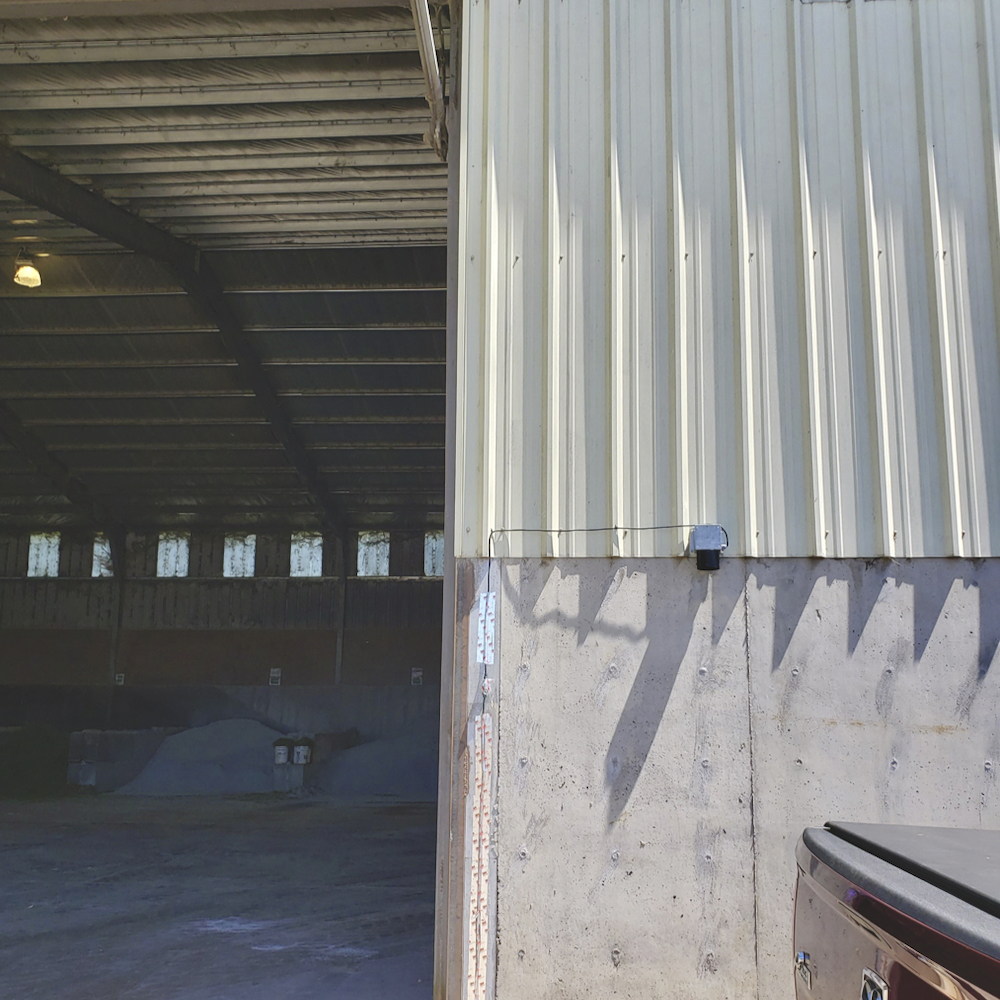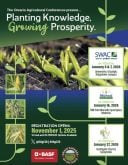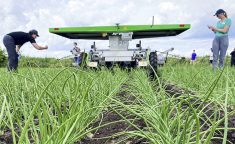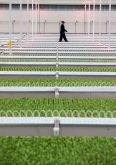Precision management on the farm may soon extend beyond growing crops or feeding livestock to also include rodent control.
A Newfoundland start-up is working to bring ecoBloc to market, a smart, invisible fence that gives off high frequency ultrasonic sound waves designed to keep mice and rats away from grain and feed storages and equipment sheds.
Why it matters: Rodents are an ongoing problem on farms, contaminating livestock feed, damaging buildings and equipment, and spreading disease. According to the United States Department of Agriculture, more than US$2 billion in feed alone is destroyed by mice and rats each year.
Read Also

Canada seventh-most influential country on agri-food
Report from Dalhousie University and MNP shows Canada ranks seventh among G20 countries on agri-food influence.
“We’re an exclusion technology that’s focused on stopping the problem before it becomes a problem, and not just treating it once it’s there,” says ecoBloc CEO Jason Trask. “What we do is we create an uncomfortable environment for the rodents and encourage them to go elsewhere. All they are doing is looking for food and shelter and we change their behaviour.”
EcoBloc isn’t just suitable for the farm, it can be used in any location that attracts rodents, from food processing facilities and restaurants to warehousing, retail and transportation. It is designed for indoor and outdoor use, doesn’t rely on poisons or chemicals, reduces labour needs, and can be managed remotely using a mobile app.
Although there are other ultrasonic solutions on the market, Trask emphasizes ecoBloc is the only one that uses a proprietary algorithm to keep the sound unpredictable, ensuring rodents don’t become accustomed to it.
“The base science is similar to other ultrasonic tech, but it’s like saying Corolla and Lamborghini are both cars. That’s a true statement but you wouldn’t compare the two,” he notes. “All of our clients so far haven’t had any mice or rats come back.”
Trask is a life-long entrepreneur, but he didn’t set out with a mission to change on-farm rodent control. In fact, it was through his role as Entrepreneur in Residence at the Memorial Centre for Entrepreneurship at Newfoundland’s Memorial University that he met the system’s inventor who came looking for advice. Although he declined several times initially, Trask ultimately bought the technology from him and is now working to commercialize it.
EcoBloc introduced its first product in fall of 2020, working primarily with partners in the food industry on paid pilots to solve chronic rodent issues. To date, the technology has been sold in five countries and the company is now working on achieving the certification it needs to sell into most global markets.
“Our current partners include pest control companies, farmer co-operatives and hardware stores especially in rural areas near farms and food processing,” Trask says. “We hope to be certified and globally available by late summer.”
Trask is actively seeking interested distribution partners and is also working with research institutions to independently verify the successful results ecobloc has seen in its field trials.
EcoBloc was recently selected as a member of the first cohort at the THRIVE Canada Accelerator, led by Silicon Valley-based SVG Ventures, a global investment platform that has been helping start-up founders and entrepreneurs around the world for more than a decade.
Trask applied for one of the coveted cohort spots in hopes of getting help with his go-to-market strategies, gaining a better understanding on how to position ecobloc for the agricultural market, and making connections to the Canadian and U.S. agri-food innovation networks. The accelerator’s mentorship and support will also help Trask as he works to raise US$1.3 million in his first financing round.
“One of the biggest values we provide is we save time and give peace of mind. We’re an automated solution that fits into precision farming,” he says. “Food is essential and while we are motivated by profit, we also see the impact it would have if we can improve food security and safety and be more efficient with what we have.”














